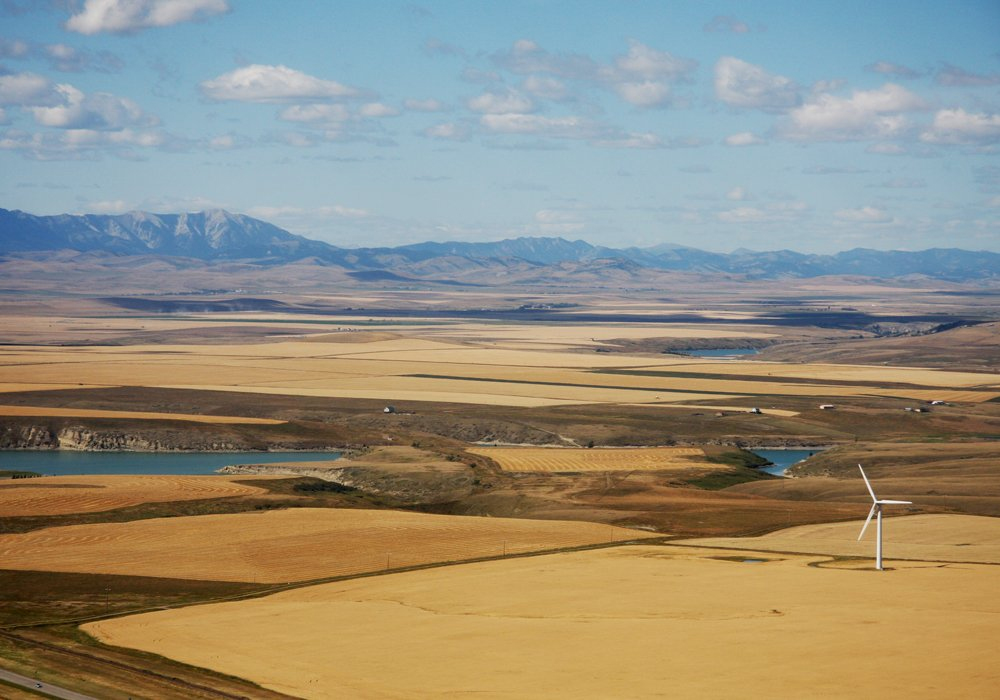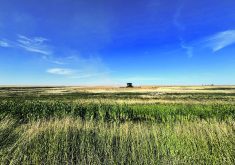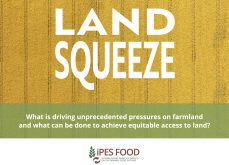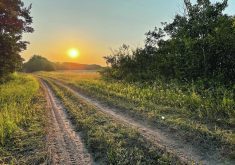Farm Credit Canada expects cautious demand for land as interest rates climb higher, depending on producers’ income
Higher interest rates have so far not affected Canadian farmland values, according to a report from Farm Credit Canada.
But chief economist J.P. Gervais said the next six months will tell the tale, because many of the land transactions in the report occurred before the significant hikes.
The mid-year report found values continued to go up January through June, with the national average sitting at 8.1 percent.
Ontario saw the biggest six-month increase at 15.6 percent, followed by Prince Edward Island at 14.8 percent and Quebec at 10.3 percent. British Columbia values rose 6.5 percent, Nova Scotia, six percent, and New Brunswick. 3.4 percent.
Read Also

Agritechnica Day 2: The future of tractor power, building quicker crop apps and large farms and tech
Agritechnica Day 2: The future of tractor power, building quicker crop apps with Syngenta and large farms and tech
On the Prairies, Saskatchewan saw an increase of 8.4 percent, Manitoba six percent, and Alberta 5.9 percent.
Year-over-year, the national average is 13.1 percent. Ontario again led the way at 27.7 percent, P.E.I. at 26.4 percent and B.C. at 15 percent.
Saskatchewan’s increase was 14.9 percent, Manitoba was 13.6 percent and Alberta, 5.8 percent.
Gervais said the numbers make sense because the major shock of the one-percent increase in the Bank of Canada rate didn’t happen until July. Earlier, smaller increases began in March.
He also said supply of land is a big factor. The old cliché of ‘we’re not making any more of it’ is true.
“At the end of the day there’s just not a whole lot available for sale,” he said.
Gervais said farmers have decisions to make when land does come up for sale, first by asking if it fits their business plans.
“And if it fits, you work really hard to make it work financially because you know that if you’re not bidding on this, that land is gone for another 20 or 30 years,” he said.
Farmers know the demand for food is going to grow and that creates a positive assessment of what the future looks like for them even with profitability challenges due to higher input costs, including interest rates.
Gervais said the industry is also well-positioned to manage interest rate risk. Normally lending is about 50-50 for fixed versus variable rate terms, but he said the first quarter of 2022 showed that has changed to 75 percent fixed and 25 percent variable.
“The industry has done a good job, I think, mitigating some of the risks but we’ll learn about what exposure we have,” he said. “
Projections for farm income remain strong, which also helps, and while inputs are going up, they are rising at about the same pace as gross income. That creates fairly stable margins.
As interest rates climb higher Gervais expects cautious demand for land, depending on income.
Farmers have enjoyed a low-rate environment for a long time and have to figure out what the new environment means. Supply could be affected, he said.
“I think we will learn a lot in the next six months,” said Gervais.
Meanwhile, he added that talk of possible recession may affect agriculture depending on if and where it happens.
A domestic recession wouldn’t have much influence on agriculture but a global recession would. The commodity market is tight and that pushed prices up.
“If there’s one fear in that scenario of prices remaining elevated, this one big risk, it is for the world economy to slow down… which would definitely bring the demand for commodities down,” said Gervais. “Everything else points to a positive outlook.”
















